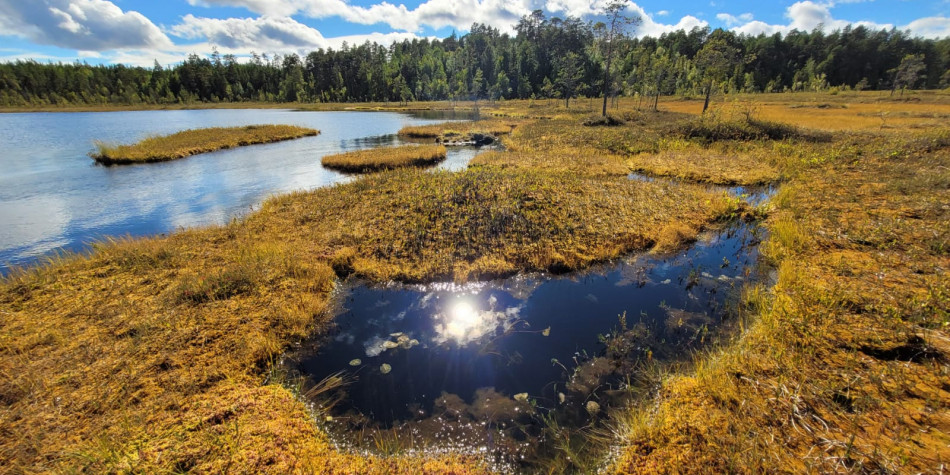
One of the significant problems of environmental monitoring today is the automation of the processes of selective and comprehensive study of the composition of the atmosphere.
In large metropolitan areas, it is vital to constantly monitor the background values of methane concentrations and emissions. Methane is a colorless, combustible, highly flammable gas that is used as fuel. Poisoning with this gas is deadly, leads to respiratory and cardiac arrest in humans. At the same time, methane ranks second in prevalence among greenhouse gases after carbon dioxide and is one of the "negative heroes" in the formation of ozone holes – in particular, it provokes the "black sky" regime in megacities.
"Now we are witnessing the creation of the Global Methane Initiative (Global Methane Initiative, GMI, https://www.globalmethane.org /) – it reflects the desire
the international community should pursue a consolidated policy to reduce the global volume of methane emissions into the atmosphere. At the same time, measures are being initiated to collect and dispose of methane as a source of environmentally friendly energy.
If methane is properly disposed of, it can slow down the spread of the greenhouse effect," said Alexey Tsipotan, head of the study, associate professor of the Basic Department of Photonics and Laser Technologies at the Institute of Engineering Physics and Radioelectronics of SibFU.
The selective interaction of methane molecules with laser radiation can form the basis of the modified differential method of remote sensing of methane being developed. The essence of this method consists in choosing two closely related wavelengths of probing laser radiation, the absorption cross-sections of which are very different. On the other hand, a slight difference between them suggests that their propagation conditions to the location of methane will be the same.
"We believe that the development of technical solutions for active sensing of the surface layer in a selective wavelength range based on the principle of
resonant laser absorption, as well as subsequent digital signal processing and distributed processing of big data will make it possible to very accurately determine the concentration of methane in the atmosphere," the scientist continued.
According to the researchers, the project is designed for two years and is currently under active development of a methodology for determining the concentration of toxic gases in the atmosphere. In the future, a full-fledged environmental monitoring system can be created, with the possibility of integration into the current programs of the Ministry of Ecology and Rational Nature Management of the Russian Federation. The main advantages of the created method are speed and high accuracy in determining the outputs of methane–containing suspended substances on the Earth's surface with topographic reference to the terrain.
"It is necessary to avoid environmental pollution and prevent the death of people in industrial production, in coal mines and in the oil and gas field. It is best to determine even small doses of methane by an express method that will not depend on the human factor and will be fully automatic, and also remote, so as not to endanger life. Determination of concentrations of methane (as well as ethane, butane and propane) in real time will allow detecting leaks at an early stage, monitoring the dynamics of gases and forming effective measures to prevent and eliminate natural and man-made emergencies," Alexey Tsipotan stressed.
In order to create such a technique, Krasnoyarsk specialists will develop a complex of optical spectral equipment for remote measurement of concentrations of marginal hydrocarbons in the atmosphere. Field tests will be conducted in the urban environment (Krasnoyarsk), in agricultural lands (Yemelyanovsky, Yeniseysky districts of the Krasnoyarsk Territory) and on the basis of forest ecosystems and swamps (ZOTTO Observatory in the village of Zotino, Krasnoyarsk Territory).
Scientists are confident that the proposed method will help identify sources of pollution in a variety of areas and build a reasonable forecast for achieving maximum permissible concentrations (MPC). MPC, in turn, can be used to prevent gas accumulations in premises, mines, in production and significantly reduce the number of man-made disasters.
The project was supported by the Russian Science Foundation (RNF) and the Krasnoyarsk Regional Fund for the Support of Scientific Activities (KKFPND) within the framework of the competition of projects of small scientific groups.



